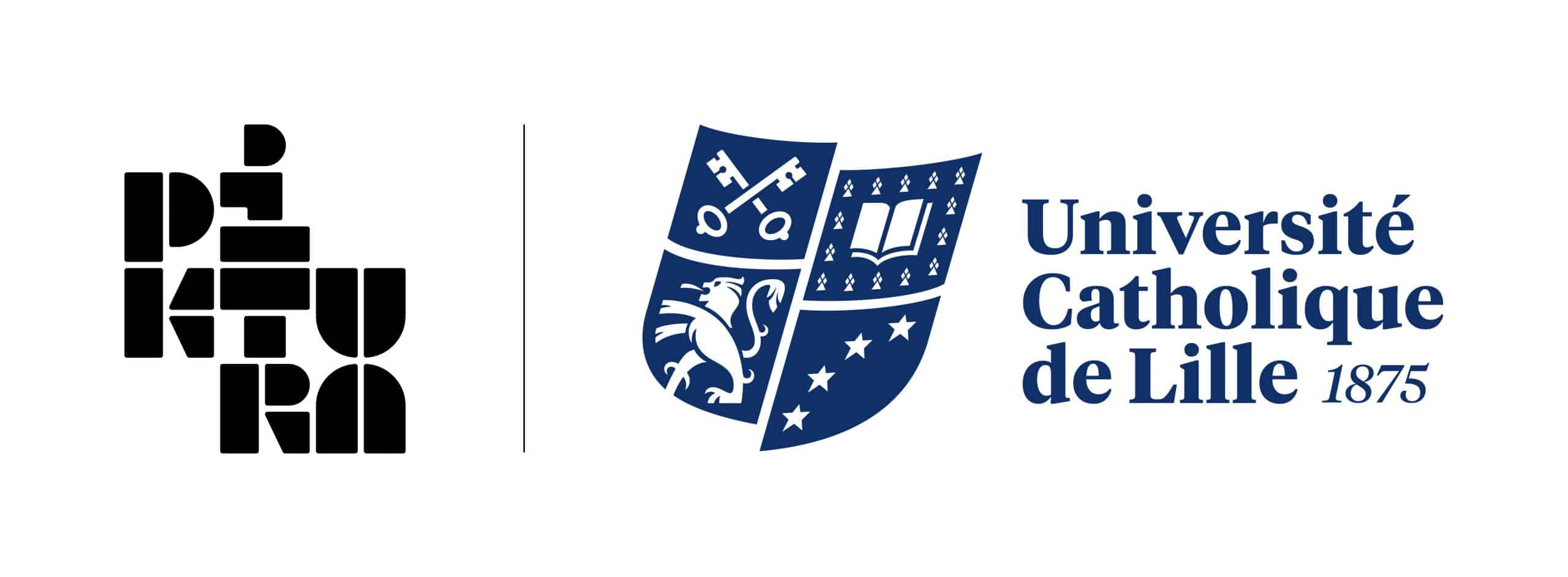
Technique 3D
Etablissement : PIKTURA Ecole de l’image
Langue : Français
Formation(s) dans laquelle/lesquelles le cours apparait :
- Licence Création numérique – 4 options [ECTS : 4,00]
Période : S4
L’envie de réaliser de belles images.
Acquisition des bases de modélisation 3D sur maya, initiation aux texturing et rendering. Acquisition des connaissances pour concevoir une image 3D.
Projet sur l’année : Concevoir une image 3D, modélisée, texturée, rendu et compositée.


